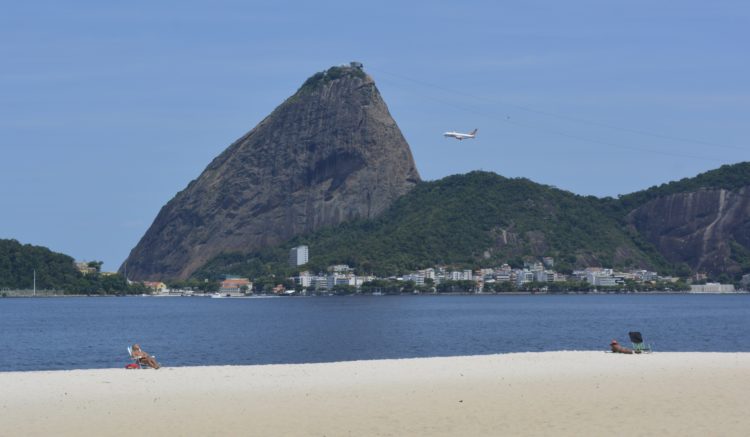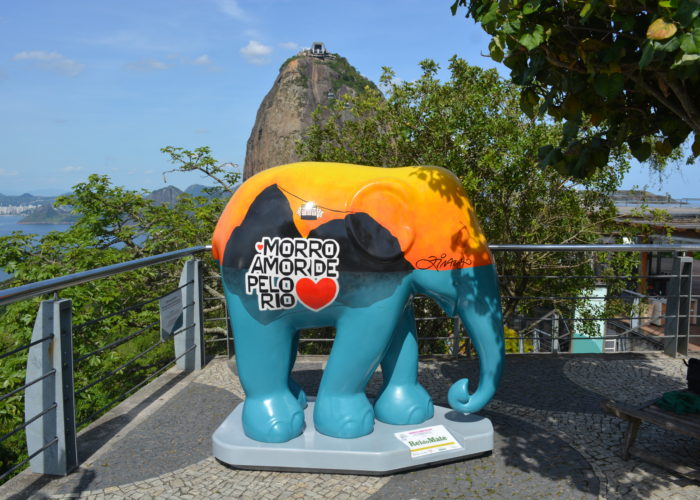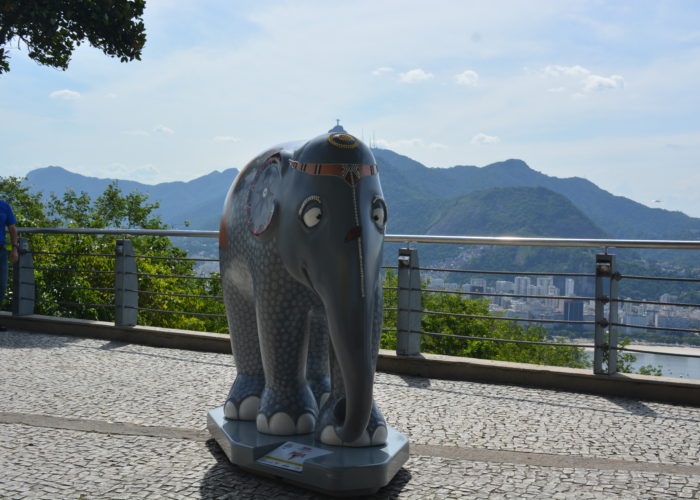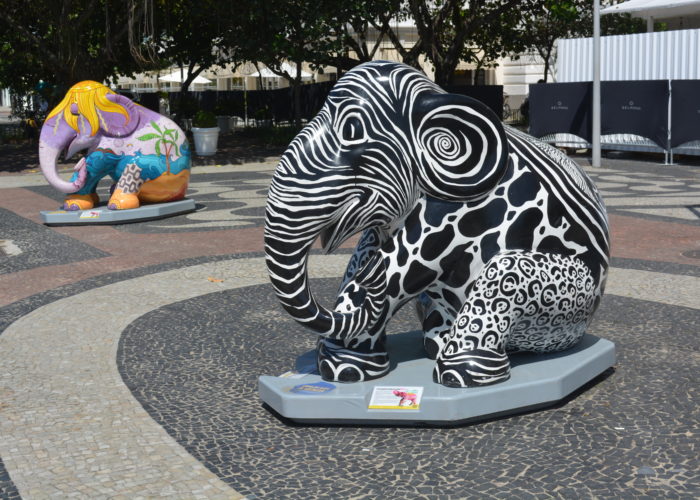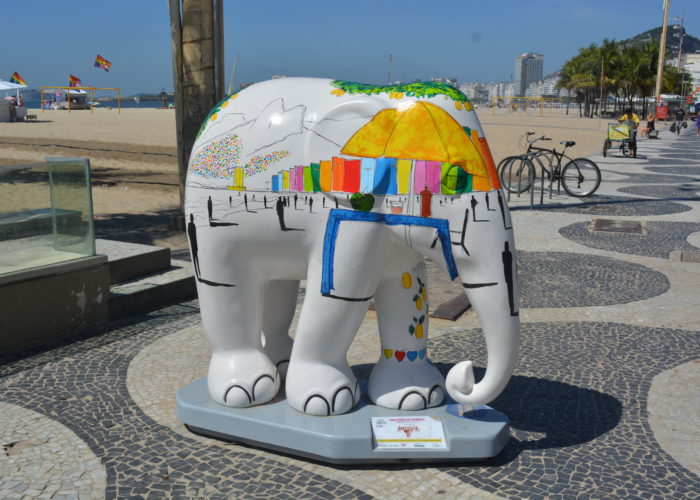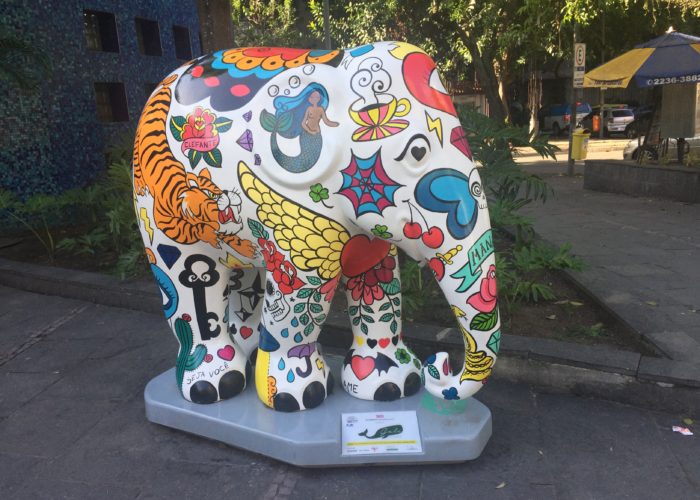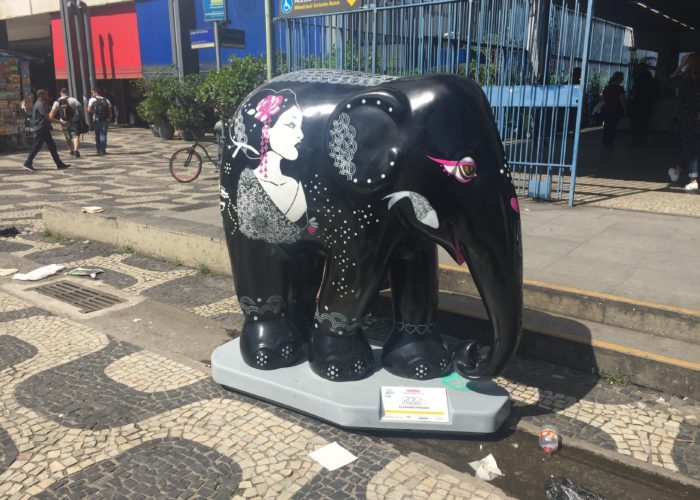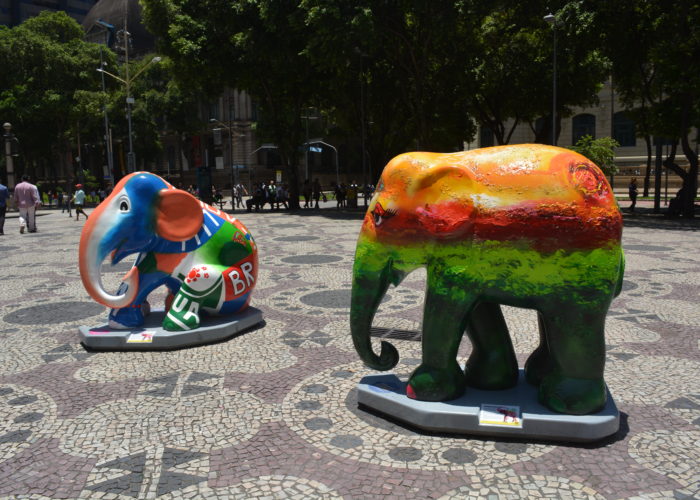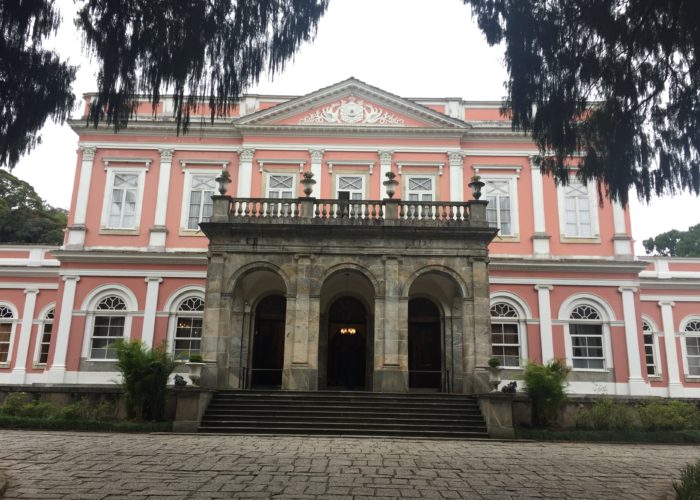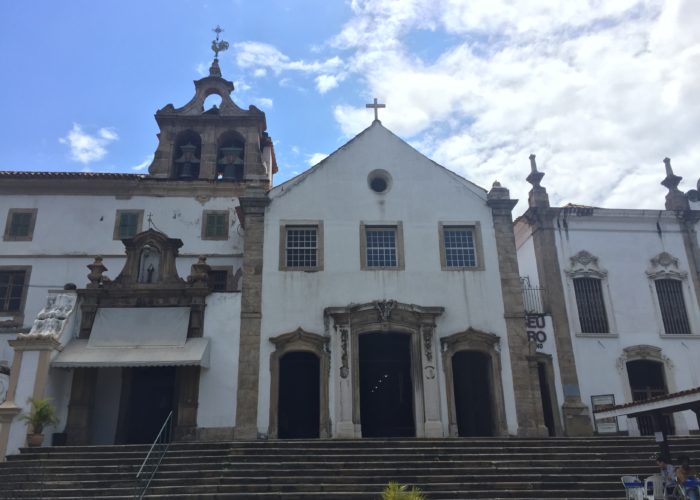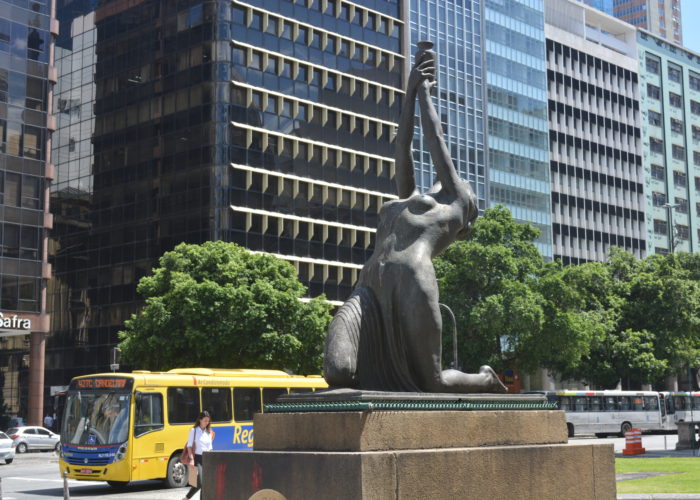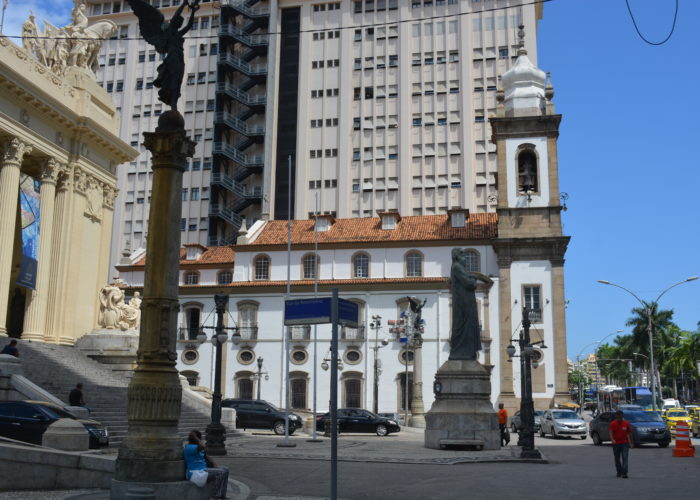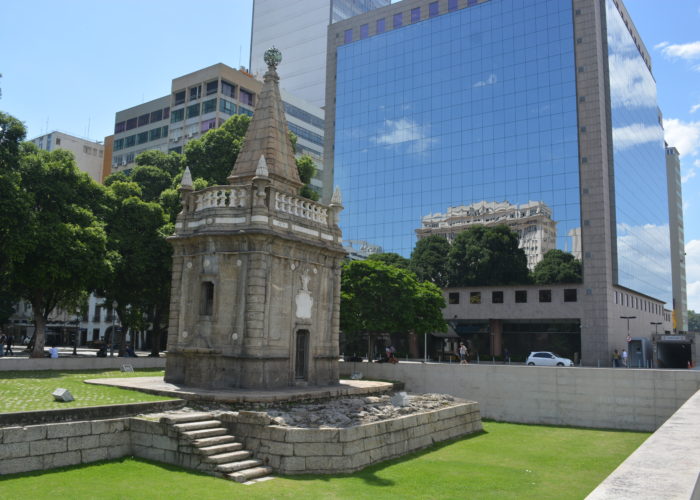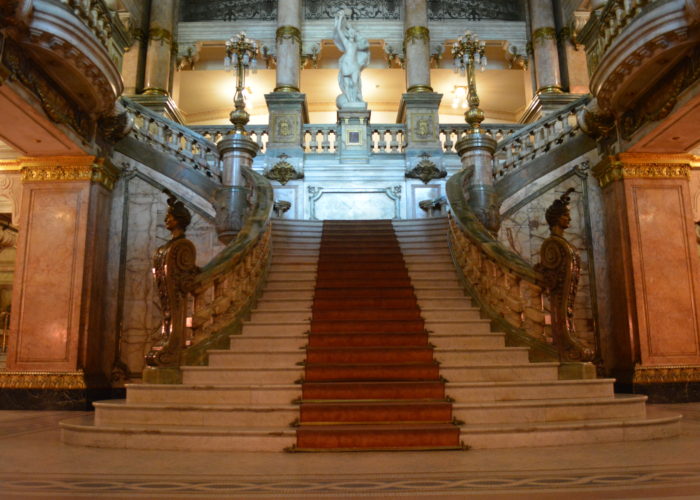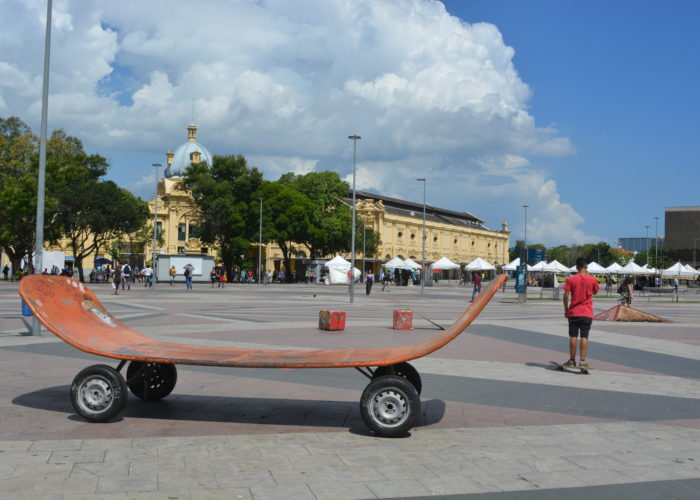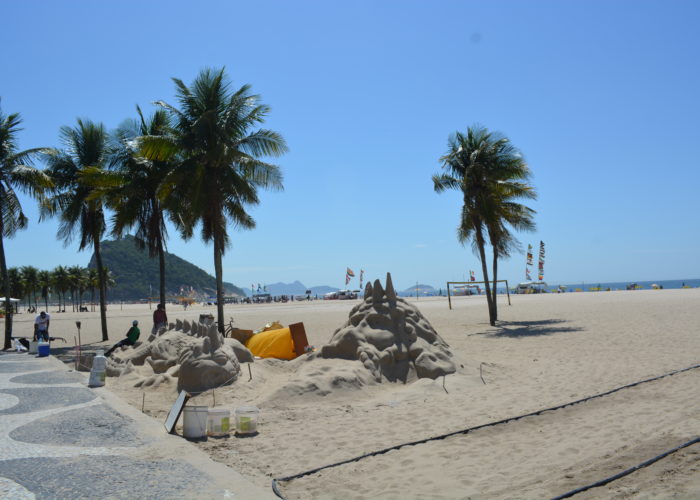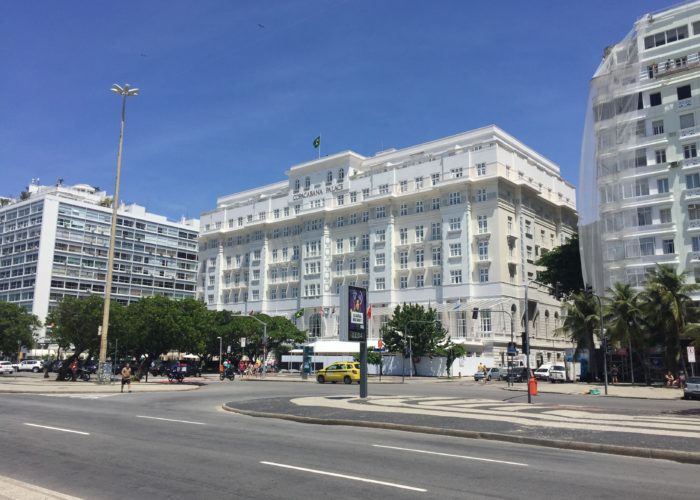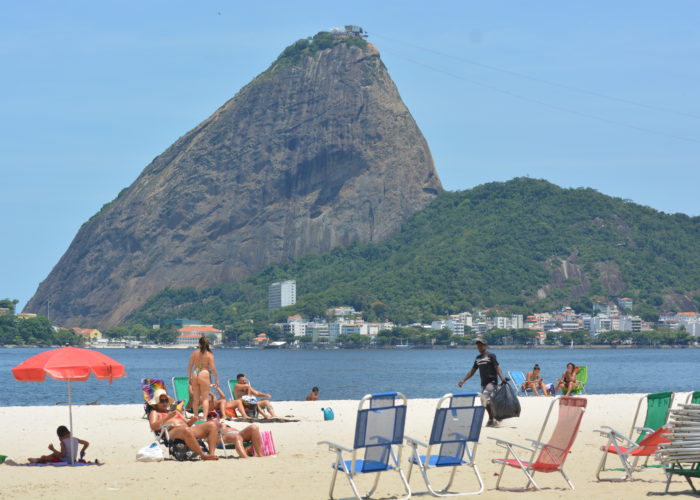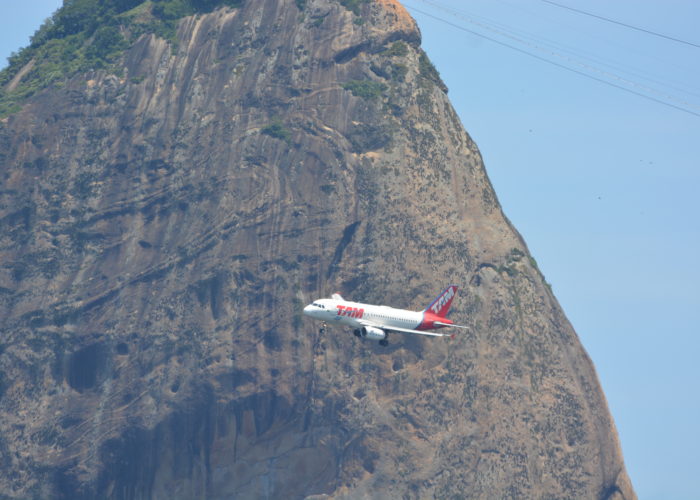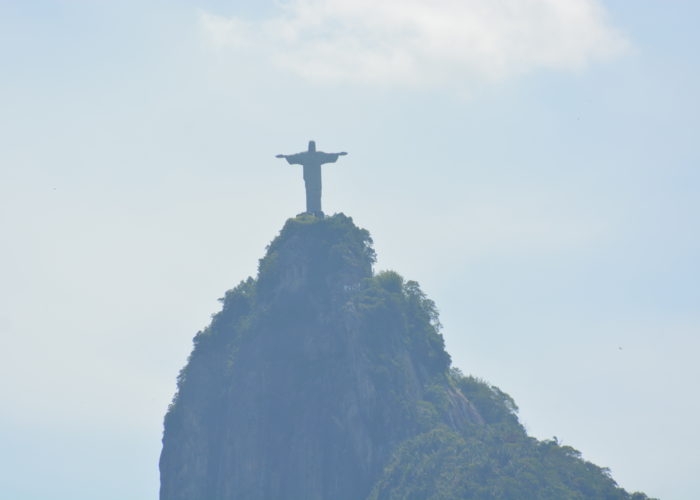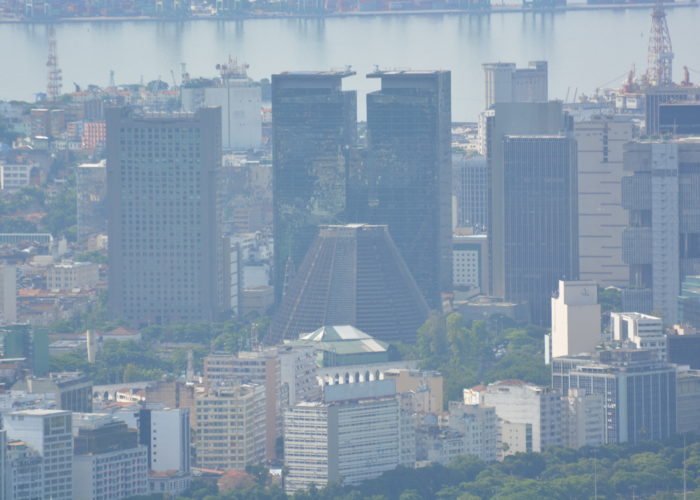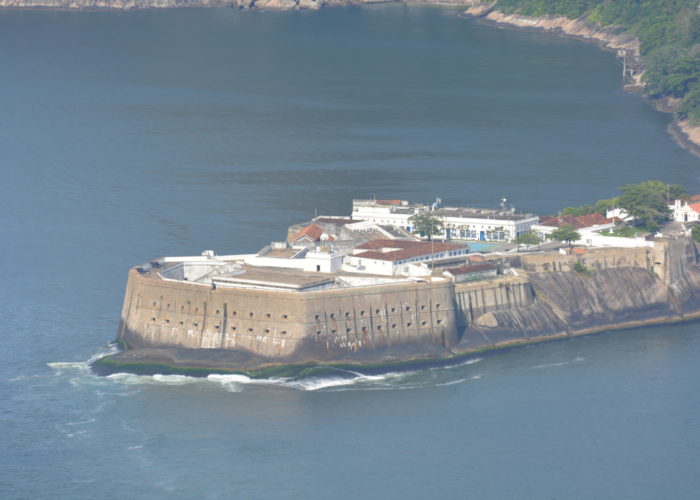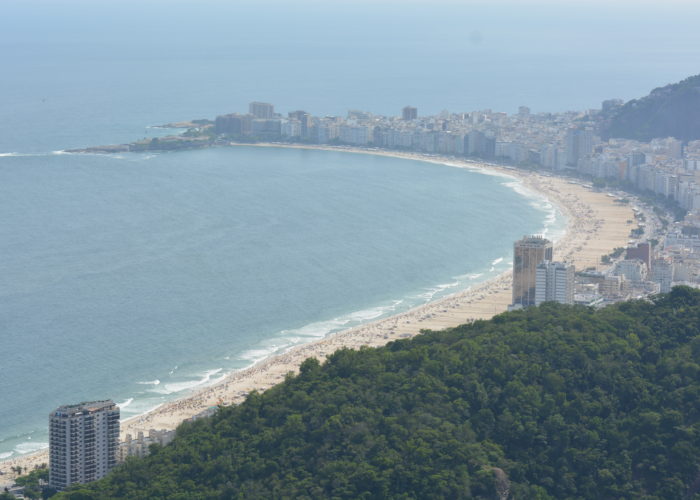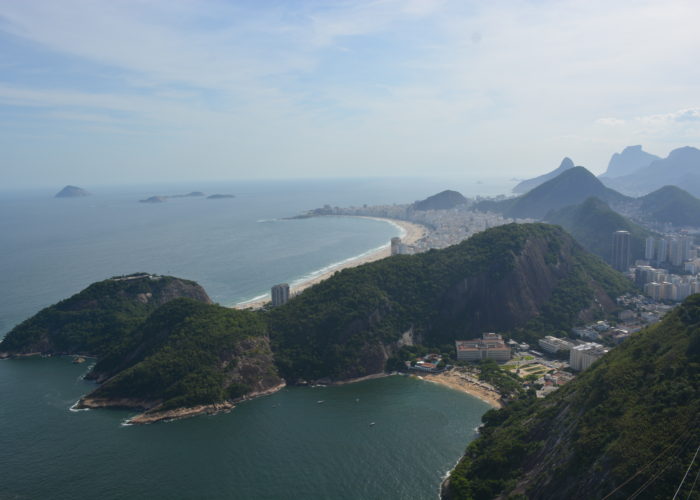From Ouro Preto we drove the final 400 or so kilometres on our overland journey from Boa Vista and arrived through the rain in Rio de Janeiro for a few days relaxation. We were earlier in Rio de Janeiro for Carnaval back in February and at the same time visited the major sights, so we didn’t feel pressured to see everything. The 57 days overland journey was relatively tiring and Rio de Janeiro and especially the Copacabana is a great place to have some downtime.
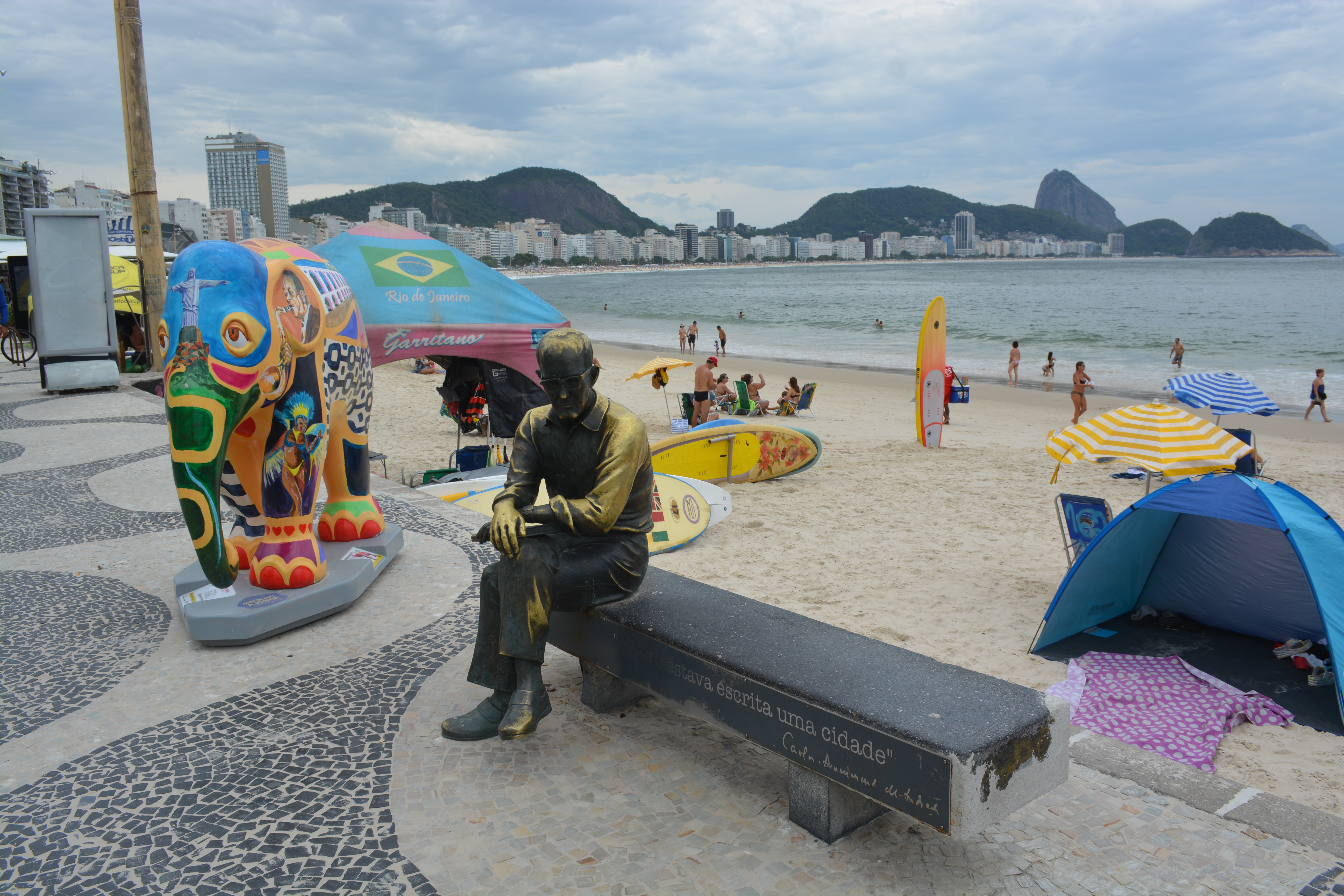
November in Rio is effectively shoulder season and especially in the week days to City is not overly crowded, quite a contrast to Carnaval when the City was full and very busy. The weather in Rio at this time of year can be mixed, indeed Rio does have its fair share of rain, though the forecasts often paint a wetter picture than reality, though when it rains, it does so pretty properly. Indeed on our last night in Rio as in February too there was a major storm.
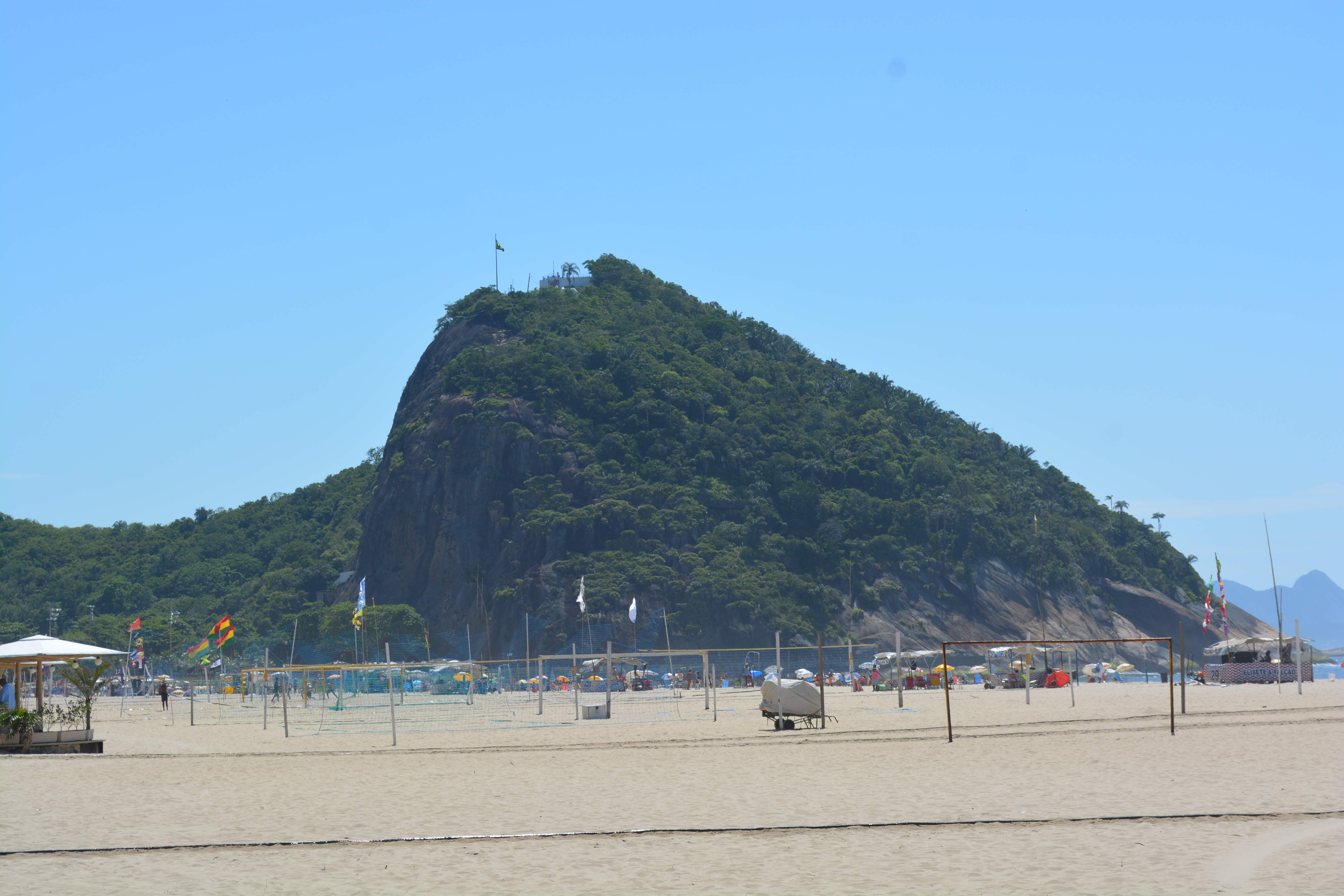
The Copacabana and Ipanema Beaches fill up with many local tourists and residents on the weekend, indeed at the end of the day you see local busses all filling up taking the locals and the remnants of their day on the beach back home. Also in common with many large South American cities, The Avenida Atlântica is closed to traffic on Sundays and makes way for cyclists and pedestrians to stroll the broad avenue on the beach front.
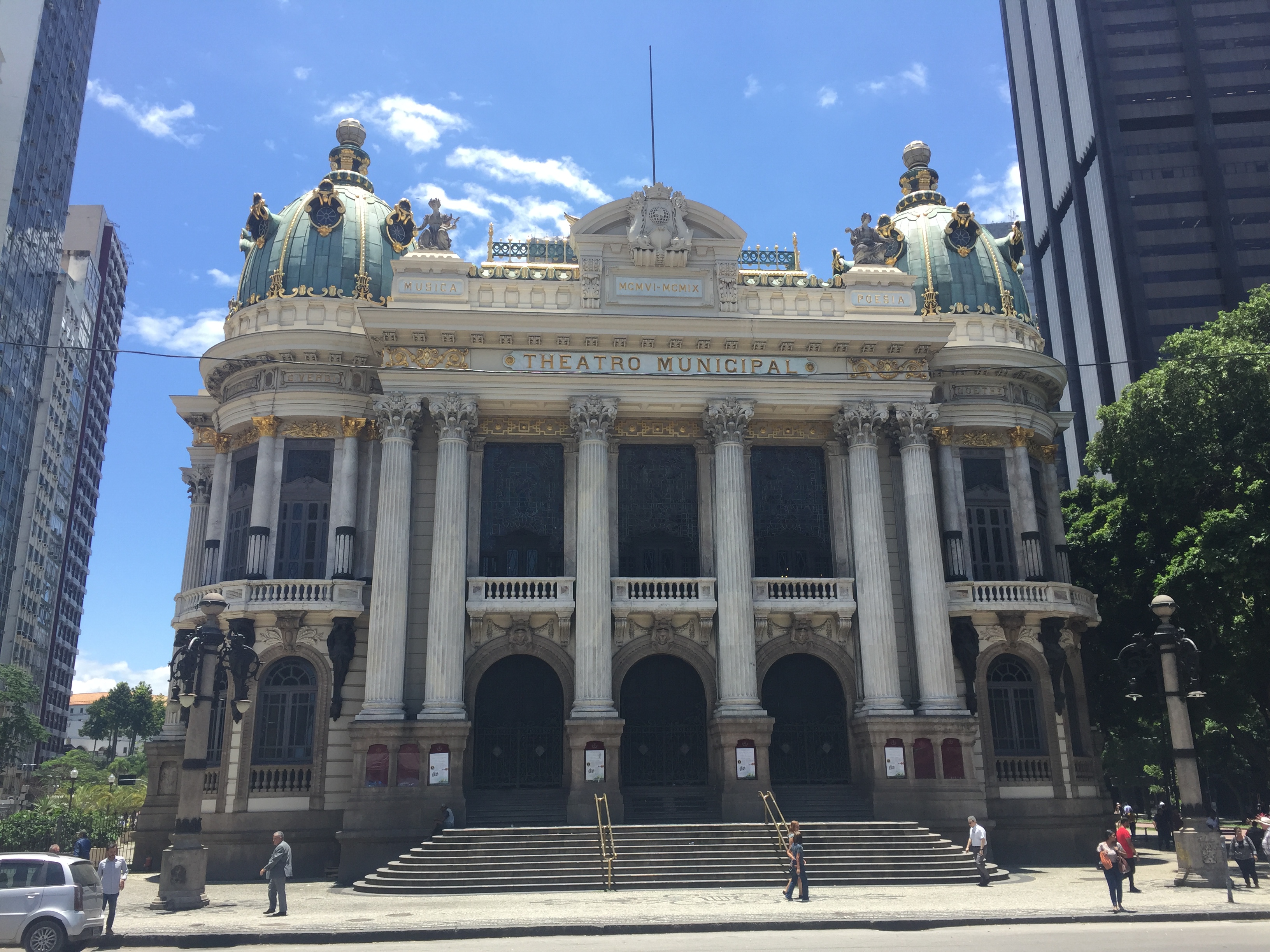
On the Thursday we took in the sights of down town Rio. The old colonial Rio contains many impressive colonial buildings, churches and other commercial and government buildings when Rio de Janeiro was the capital of Brazil. During weekdays the city is busy with all sorts of commercial activity, which makes them good days to visit the sights in the historical centre. With all the people around the city is busy and thus relatively safe, in contrast to weekends and other quiet times when there is less people about.

Of the churches, the San Franciscan church, in common with its sister churches elsewhere in South America has to take pride of place for having the most conspicuous wealth on display, with the main chapel having every wall covered in wooden carvings complete with layers of gold leaf. The Carmelite church while not so ostentatious with gold, nevertheless competes with the San Franciscan church for shear scale and also number of chapels and cloisters. The equivalent churches in Salvador displayed exactly the same characteristics. The other church worthy of note was the Candelaria which had a large dome and was decorated inside with stained glass and colours that resembled the sea. This church was much more recent. The main cathedral is even more modern and has beautiful stained glass in its cylindrical roof and a single big open space inside similar to the modern architecture in Brasilia. When viewed from afar two of the nearby buildings make the shape of a cross.
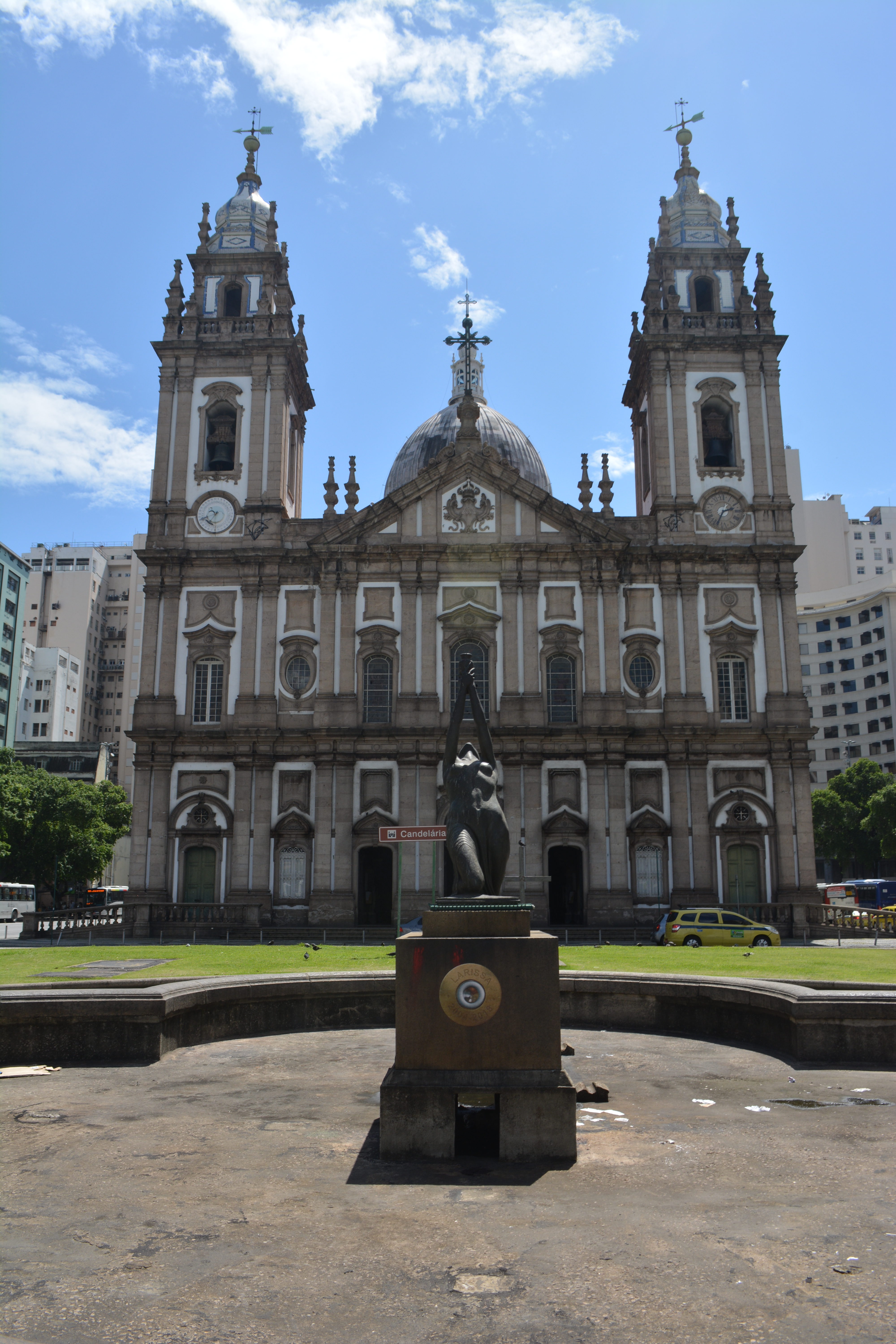
Rio de Janeiro has an impressive theatre, build around the turn of the 1900s in a similar time to the impressive theatres we saw earlier in Manaus and Belém. This was a time of great expansion and development in Brazil off the back of rising agricultural and mineral wealth. The tour of the theatre is a pleasant break in the city tour and some of the paintings, and carvings are a powerful reminder of society at that time. The balconies in the main auditorium were designed to show of the wealth and power of the political and economic heads of society.
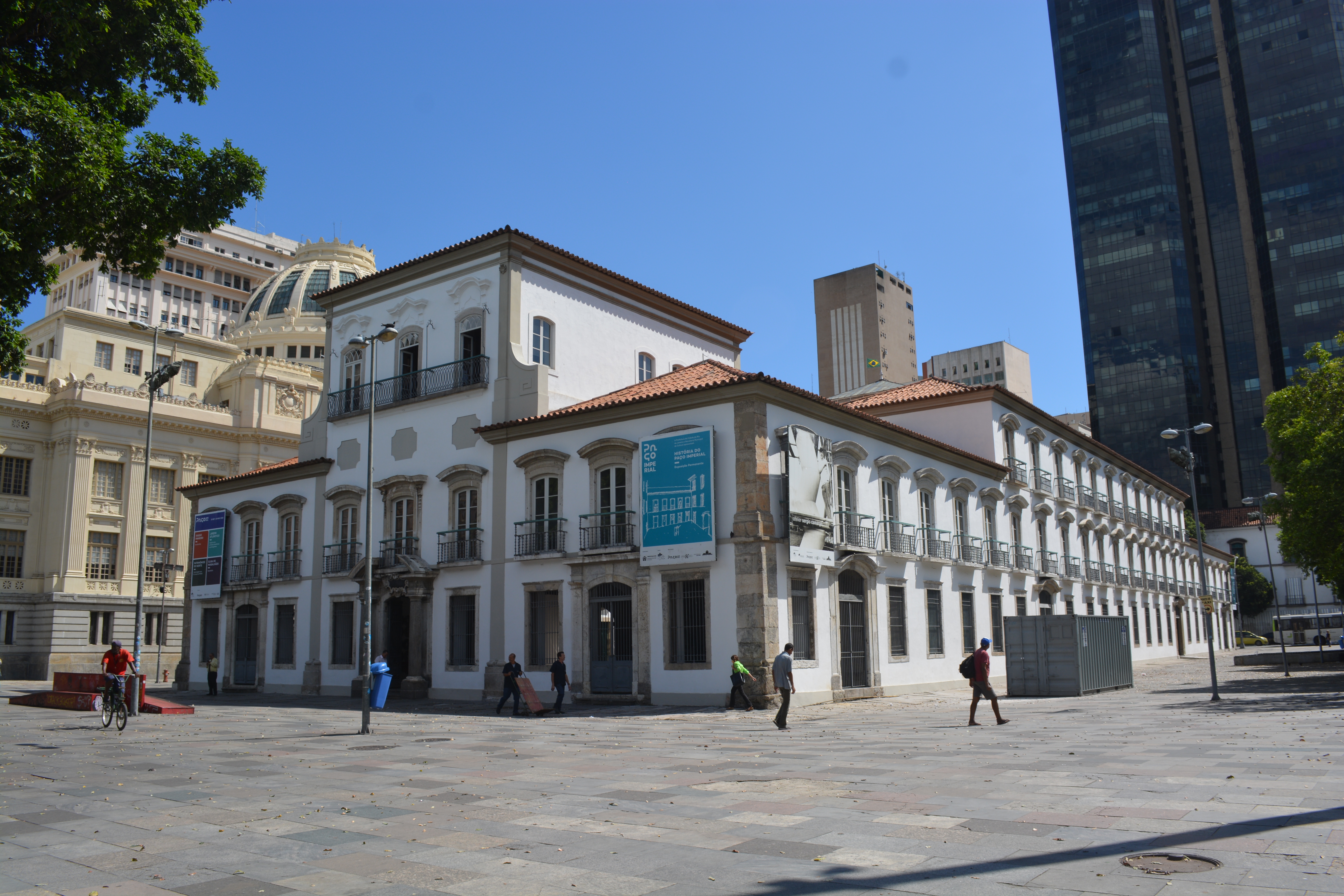
The old port front has been spruced up and the space between the old imperial palace, surrounding buildings and churches and the old waters edge is a pleasant paved area complete with a few handicraft stalls. With the beautiful bay and natural harbour, in it old original heyday, the old historic centre of Rio de Janeiro must have been a truly impressive place to arrive by sea.

Of the classic big ticket sights to visit again, we decided on the Friday to visit the Pão de Açúcar, rather than the Corcovado, as it is a larger space with two different viewing platforms and offers unparalleled views of old Rio and the more modern suburbs of Copacabana and across to Niterói on the far side of the bay. However before visiting the Pão de Açúcar, we went to Glória and down to Praia Flamengo, which offers some great views of Pão de Açúcar, across the bay. There were a number of locals swimming in the bay of Flamengo beach, which is not necessarily the most sensible thing to do given the amount of pollution in the bay. From Flamengo the path takes you to Botafogo beach, which is even more polluted, indeed no one was swimming off this beach.
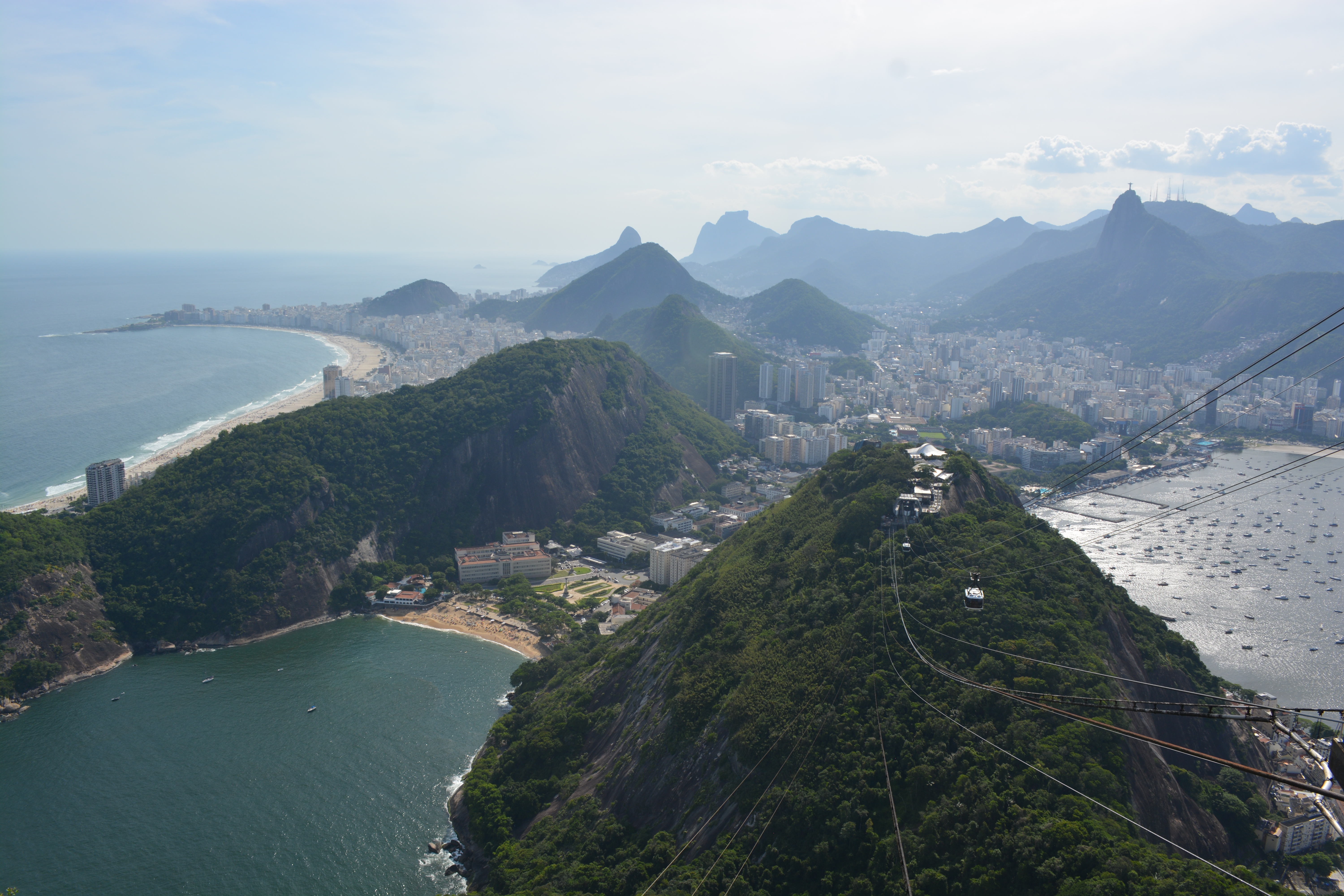
The Pão de Açúcar on a Friday afternoon was not at all crowded and felt like a very good choice to visit. At Carnival and also World Cup four years earlier there were big queues and lots of crowds. This time, there were no queues and the space at the top was very quiet and peaceful making the views easy to take in and appreciate. In the bay just beyond Flamengo Beach is the old Santos Dumont Airport, which today serves essentially the domestic market. However it is still pretty busy and as the aircraft approach from the sea the cross Botafogo bay and from the top of Pão de Açúcar you look down on the approaching aircraft.
Finally during our latest time in Rio de Janeiro, there was an elephants parade, with numerous elephants, either standing or sitting down located all over Rio de Janeiro, each with distinctive painted designs drawing attention to the plight of elephants and celebrating local artists. The elephants after the parade are available for auction. A number of photographs of the elephants have been included in the following slide show.
Earlier blog postings from Rio de Janeiro:
Rio de Janiero – Plans for Carnival
Rio de Janeiro – City Tour 9th February
Rio de Janeiro – Carnival Hangover
Date: 22/11/2018 to 26/11/2018
